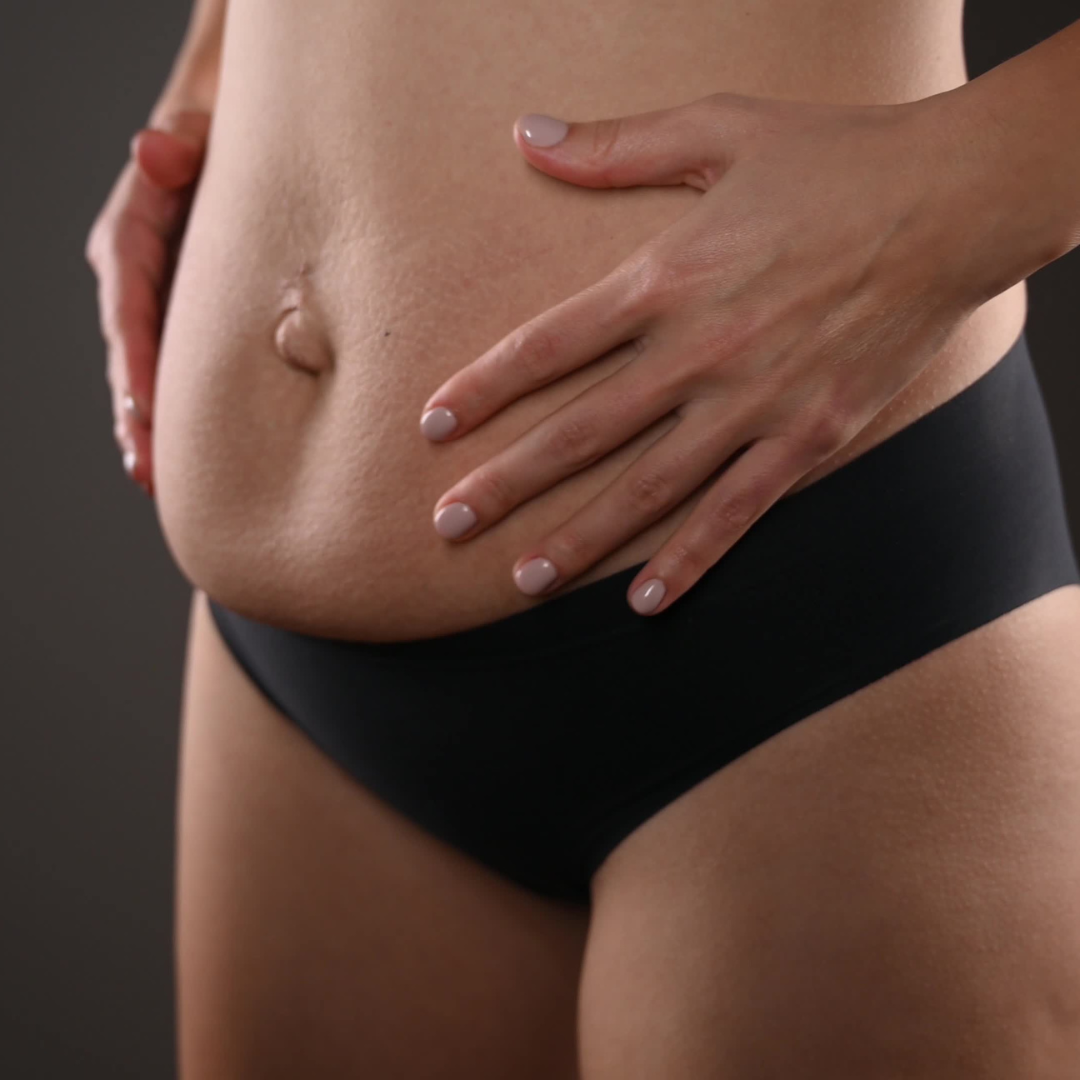Low Pressure Fitness: A new regime to combat many pelvic health conditions

Breathing is as basic and vital to life as a heart beat. Every minute we breath 12-20 times. Most people don’t realize that they breath incorrectly. Technique, pattern and muscle usage are among some of the most common mistakes.
Background on Low Pressure Fitness
Low pressure fitness is based from Hatha yoga breathing. It was developed by Marcel Caufriez, a physical therapist, in the 1980’s to help postpartum women recover their abdominal and pelvic floor muscles after childbirth.
What is low pressure fitness?
Low pressure fitness, termed Hypopressives in Europe, gained popularity there quickly and has evolved into its own exercise regime that can practiced by everyone. It involves progression through a series of postural and breathing exercises. The foundation of the exercises involves developing complete control of the diaphragm, the main muscle used in breathing.
How does it work?
The diaphragm is stretched fully with a breath out. The rib cage is lifted upwards stretching the muscle fibers of the diaphragm further. This contraction looks like all the abdominal contents are sucked in. Done correctly this increases stretch throughout the entire network of tissue in the abdomen. As a result voluntary contraction of the pelvic floor and deep abdominal musculature occurs. Pressure within the abdominal cavity decreases which can be beneficial for conditions such as organ prolapse. Both the tone and muscular response are improved using this technique.
What can low pressure fitness be used for?
Low pressure fitness can be a useful tool in physical therapy combating conditions such as incontinence, pelvic floor weakness, abdominal weakness and as mentioned above pelvic organ prolapse.
It can not be stressed enough that this exercise program should be done under supervision of trained specialists. Technique and alignment are two crucial aspects of this type of exercise that need to be correct in order for the appropriate muscles groups to be activated.
Research?
There is a lack of research on the effectiveness of low pressure fitness. Some of this is due to it’s age. It’s relatively new to the scene. Clinically low pressure fitness experts see results, especially within pelvic health. A recent study published in 2017 showed improved range of motion of the pelvic floor muscles and increased thickness in the deep abdominal muscle the transversus abdominis, external and internal oblique muscles after training using low pressure fitness.
Low pressure fitness is offered at Body Harmony Physical Therapy with some of our therapists trained in this specialty.
References:
Pelvic floor muscle and transversus abdominis activation in abdominal hypopressive technique through surface electromyography. https://www.ncbi.nlm.nih.gov/pubmed/21826719
Muscle response during a hypopressive exercise after pelvic floor physiotherapy: Assessment with transabdominal ultrasound. https://www.sciencedirect.com/science/article/pii/S021156381730041X
Author: Irene Hernandez, DPT
Editing: Keely Faridi, PT






